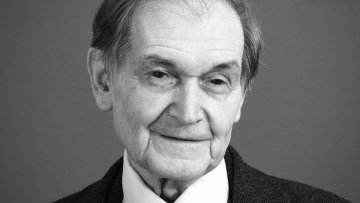14:00
Big data is low rank
Abstract
Data scientists are often faced with the challenge of understanding a high dimensional data set organized as a table. These tables may have columns of different (sometimes, non-numeric) types, and often have many missing entries. In this talk, we discuss how to use low rank models to analyze these big messy data sets. Low rank models perform well --- indeed, suspiciously well — across a wide range of data science applications, including applications in social science, medicine, and machine learning. In this talk, we introduce the mathematics of low rank models, demonstrate a few surprising applications of low rank models in data science, and present a simple mathematical explanation for their effectiveness.
--
A link for this talk will be sent to our mailing list a day or two in advance. If you are not on the list and wish to be sent a link, please contact @email.


